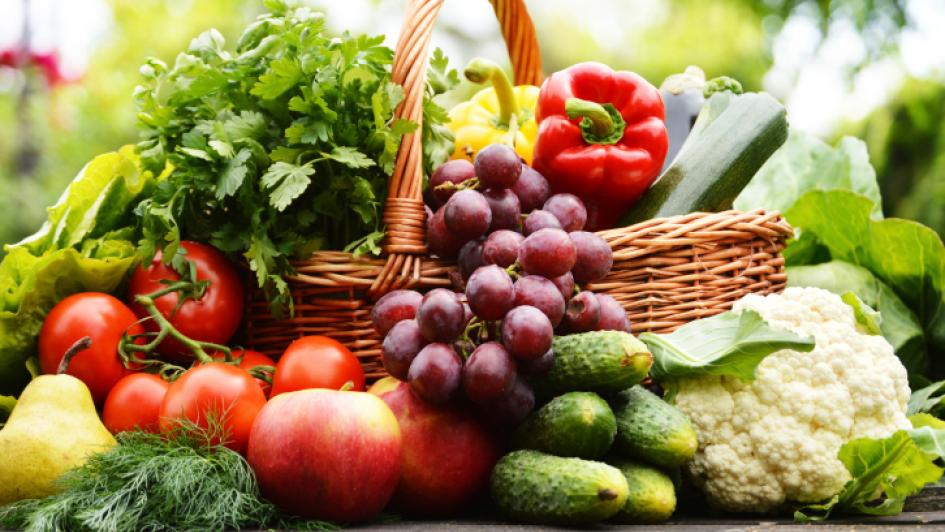Harmony with the Seasons, Harmony in Life

Published
Advances in food transportation allow consumers to purchase foods at any time, regardless of harvest and growing season. Nowadays, produce is shipped from warmer climates year round, so typical summer staples like tomatoes can be found in a Caprese salad at a winter holiday table. While this may sound wonderful, should this truly be the norm? The following benefits of eating seasonally may persuade you to embrace seasonal fruits and vegetables.
Harmony with Nature
Seasonal changes mirror the natural cycle of life. According to ancient Ayurveda teaching, and also that of Chinese medicine, human harmony is realized when we adapt and flow with the changes in our environment. Each season has its own pulse, and embracing the changes in nature allows our internal pulse to flow unimpeded, bringing life and vitality to everything we do.
Energetics of Foods
Experience year-round vitality by simply looking to nature. During the seasons, nature tells us what to eat.
- Winter may be the most difficult season of all to embrace. Despite the cold and dark days, it can be seen as a time for restoration at the conclusion of a lively year. Warm and hydrating foods can aid in this restoration process. Hearty soups and chili made with root vegetables, winter greens and beans are particularly healthful. Broths and stews made with lamb, chicken and beef revitalize organs during this time of rest. Brighten things up with the zest from seasonal citrus fruits.
- Spring is the season for new growth, emerging greenery and a time for cleansing after a dark, cold winter. Foods such as tender greens, sprouts, parsley and dried fruits peak in the spring. Onions, leeks, celery and asparagus are also in season at this time and can be wonderful additions or sides to your favorite meals.
- Summer brings sustained, fast growth, warming temperatures, and energy. Avoid burnout by cooling down with raw salads that include cucumber and hydrating fruits like watermelon, strawberries, tomatoes and plums. Include more fish and cooling spices like peppermint and cilantro.
- Autumn is a settling down time: Days shorten, harvests conclude, and energy levels may dwindle. Temperatures may drop drastically, and wet weather abounds. In preparation for winter, it is important to eat plenty of brightly colored vegetables and whole grains to promote digestion and stave off infections. Beneficial foods include cooked root vegetables: carrots, sweet potatoes and parsnips, as well as garlic, leeks and onion. Fruits such as bananas, apples and pears reach their peak in the fall, which means they will likely taste sweeter and contain more of those healthful antioxidants. Cook with warming spices like ginger, cardamom, peppercorns and cinnamon.
Taste: Compare the taste of a tomato purchased in November versus a tomato purchased in August. You will notice the one in November is nearly flavorless. Foods taste best when they are grown in the climate in which they thrive, and eaten closest to time of harvest.
Nutrition: Fruits and vegetables contain phytonutrients and bioactives during their entire growing period. These compounds help protect the plant from pests and spoilage. According to many health professionals, these compounds may also protect us and possibly help prevent certain chronic diseases. For example, an apple will produce the necessary defense mechanisms against spoiling and insects. When we consume the apple these beneficial compounds are then transferred to us, which provides us with these health-promoting nutrients. Eating with the season may also contribute to a meal pattern that incorporates more variety and will help ensure adequate intake of many vital nutrients.
So, let’s hear it! Tomatoes in the summer, and gourds galore in the winter! Challenge yourself to eat the delicious offerings of each season, and live according to that intended by nature. To find out what fresh foods are in season right now in your region, use the following guide from Sustainable Table.org.http://www.sustainabletable.org/seasonalfoodguide/
by Elizabeth Potter, Bastyr University dietetic intern 2015


